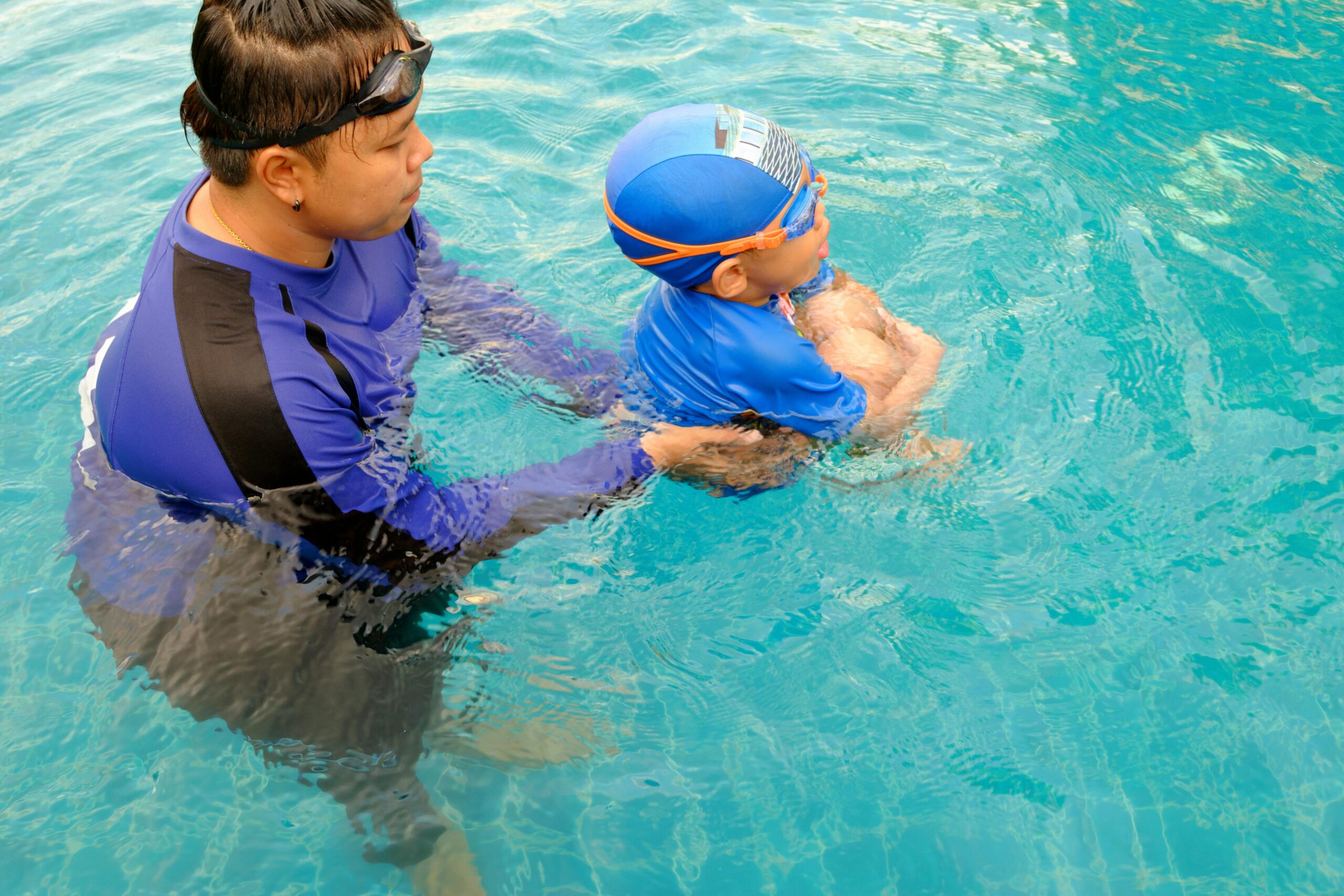Australia, renowned for its stunning coastline and vibrant beach culture, has long been a hub for swimwear fashion. From the iconic Bondi Beach in Sydney to the pristine shores of the Great Barrier Reef, these coastal landmarks inspire fashion designers and beachgoers alike. However, the demand for sustainable swim in Australia has surged with growing environmental concerns. From recycled materials to ethical manufacturing processes, people are increasingly opting for eco-conscious options that look good and minimise their environmental footprint. This article explores the diverse range of eco-conscious swimwear choices available in Australia, highlighting the innovation and commitment to sustainability within the industry.
1. Embracing Eco-Friendly Fabrics
Transitioning from traditional materials like nylon and polyester, sustainable swimwear brands are embracing eco-friendly fabrics such as recycled nylon, organic cotton, and regenerated nylon made from discarded bottles and fishing nets. These materials reduce waste and minimise the environmental impact of swimwear production. By prioritising these eco-conscious materials, brands are reducing their carbon footprint and setting new standards for sustainable fashion in Australia.
2. Ethical Manufacturing Practices
Numerous swimwear brands prioritise ethical manufacturing practices, guaranteeing fair wages and safe working conditions for their employees. By partnering with local manufacturers or investing in transparent supply chains, they uphold ethical standards while producing high-quality swimwear. This commitment to ethical production fosters a sense of responsibility and strengthens local economies and communities.
3. Minimalist Designs with Maximum Impact
Eco-conscious swimwear often features minimalist designs that prioritise functionality and durability. From classic one-pieces to versatile mix-and-match separates, these timeless pieces are designed to withstand seasons and trends, reducing the need for frequent replacements. This focus on durability not only minimises waste but also promotes a more conscientious attitude towards consumption in harmony with sustainability principles.
4. Supporting Local Artisans
Some swimwear brands collaborate with local artisans and Indigenous communities to create unique, handcrafted pieces. By supporting local craftsmanship, they celebrate cultural diversity and contribute to sustainable livelihoods within their communities. This cooperative method not only conserves traditional craftsmanship but also nurtures a stronger bond between consumers and the cultural heritage woven into every garment, enhancing a more significant and environmentally friendly fashion experience.
5. Innovative Recycling Initiatives
Innovative recycling initiatives are driving sustainability in the industry. Some brands collect and recycle old swimwear, transforming them into new garments or accessories. Others offer take-back programs, allowing customers to return worn-out swimwear for recycling or upcycling. These efforts decrease waste and advocate for a circular economy model, wherein resources are recycled and repurposed, reducing environmental impact and advocating for a more eco-conscious approach to fashion consumption.
6. Eco-Conscious Packaging
In addition to eco-conscious production practices, many Australian brands prioritise minimising packaging. From biodegradable mailers to recycled paper tags, they minimise packaging waste and opt for environmentally friendly alternatives wherever possible. By extending their commitment to top priority beyond the product itself, these brands strive to reduce their overall environmental footprint and promote a more holistic approach to eco-friendly fashion. Such initiatives align with consumer values and contribute to a more sustainable future for the fashion industry.
7. Educating Consumers
A key aspect of promoting sustainable swimsuit choices is consumer education. Australian brands actively engage with their customers, raising awareness about the environmental impact of conventional production and highlighting the benefits of opting for sustainable alternatives.
8. Embracing Circular Fashion
Finally, brands are embracing the concept of circular fashion, aiming to create closed-loop systems where garments are recycled, repaired, or repurposed at the end of their lifecycle. By adopting circular practices, these brands strive to minimise waste and maximise resource efficiency.
Conclusion
In conclusion, sustainable swimwear choices are evolving rapidly, driven by a growing awareness of environmental issues and a desire for a sustainable swim in Australia. From maximised fabrics to ethical manufacturing practices and innovative recycling initiatives, brands are leading towards a more sustainable and stylish future. By making informed choices and supporting brands prioritising sustainability, consumers can play a vital role in driving positive change within the industry.

